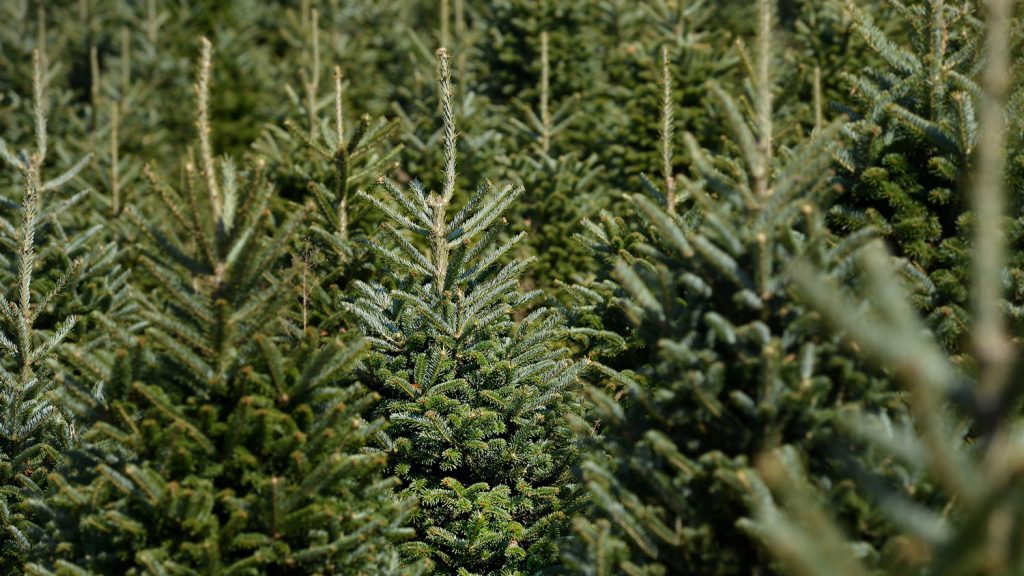Faculty Research Centers
The Department of Forestry and Environmental Resources is home to a number of centers and cooperatives that partner with public and private groups, organizations, institutions and industries to drive research and solve complex, real-world environmental resource challenges.

Research Centers
- The Center for Integrated Forest Science (CIFS) is a pioneering research program established within the USDA Forest Service’s Research and Development program as a partnership between the Southern Research Station (SRS) and NC State. CIFS draws from more than 100 years of Forest Service Research and Development, including the best long-term forest condition data sets in the world, and creates teams from a network of hundreds of scientists with expertise in a broad array of disciplines. The depth and agility of our research structure allows us to tackle urgent research needs in emerging issues, while still addressing big-picture, long-term concerns.
- The Center for Geospatial Analytics is an interdisciplinary research and teaching center focused on data-driven spatial modeling and visualization for sustainable solutions to environmental and societal challenges. At the Center for Geospatial Analytics, we think everything is spatial and location matters in science, society and decision-making processes.
Research Cooperatives
- The NC State Cooperative Tree Improvement Program provides vital research and improved tree genetics to landowners, foresters, forest companies and the forest products industry. The program also provides new tools to supplement traditional tree breeding methods with advanced biological, chemical and data analysis research technologies.
- An international partnership with Virginia Tech University and Universidad de Conceptión in Chile, the Forest Productivity Cooperative brings together experts in silviculture, forest nutrition, ecophysiology, soils, plant community ecology, growth and yield modeling, remote sensing, spatial analysis and GIS, and statistics to create innovative solutions to enhance forest productivity and value through the sustainable management of site resources.
- The Camcore, International Tree Breeding and Conservation Cooperative works on behalf of its members to maintain broad genetic bases of the best-adapted and productive species for use in plantation forestry. Camcore works internationally with four tree genera: Pines, Eucalypts, Gmelina and Teak, in tropical, subtropical and subtemperate regions around the world as well as several threatened coniferous species native to the southern USA.
Consortia
- The Forest Biotechnology Group engages in research that promotes innovation in basic science and applies new discoveries and technology to advance practical problems of forest trees. The Forest Biotechnology Industrial Research Consortium (FORBIRC) was established in 1988.
- The Southern Fire Exchange (SFE) is a regional fire science delivery program, representing the southeastern United States. SFE is a member of the national network of knowledge exchange consortia, funded by the Joint Fire Science Program, which funds scientific research on wildland fires and distributes results to help policymakers, fire managers and practitioners make sound decisions. The regional consortia were established to accelerate the awareness, understanding, and adoption of fire science information within ecologically similar regions.
- The Southern Forest Resource Assessment Consortium (SOFAC) develops forest sector market models for application to forest resource assessments regionally, nationally and internationally.
- We are academic partners with the Center for Advanced Forestry Systems. CAFS is a National Science Foundation Industry/University Cooperative Research Center (NSF I/UCRC) that bridges top academic forestry research programs with industry members to solve complex, industry-wide problems. Its mission is to optimize genetic and cultural systems to produce high-quality raw forest materials for new and existing products by conducting collaborative research that transcends species, regions, and disciplinary boundaries.
Specialty Programs
- The Christmas Tree Genetics and Christmas Tree Research and Extension Programs at NC State improve the growth, quality and pest resistance of Christmas tree species important to North Carolina, including Fraser fir, Virginia pine, Eastern white pine and Eastern red cedar. The programs also screen new species and conduct genetic conservation efforts for Fraser fir, a globally threatened species.
- The Forest Health Monitoring Research Group is funded by the Southern Research Station (SRS) of the USDA Forest Service. The research group provides the Eastern Forest Environmental Threat Assessment Center (EFETAC) of the SRS with research expertise, data analyses, natural resource assessments, and technical writing and editing skills to support national forest health monitoring assessment and reporting efforts.